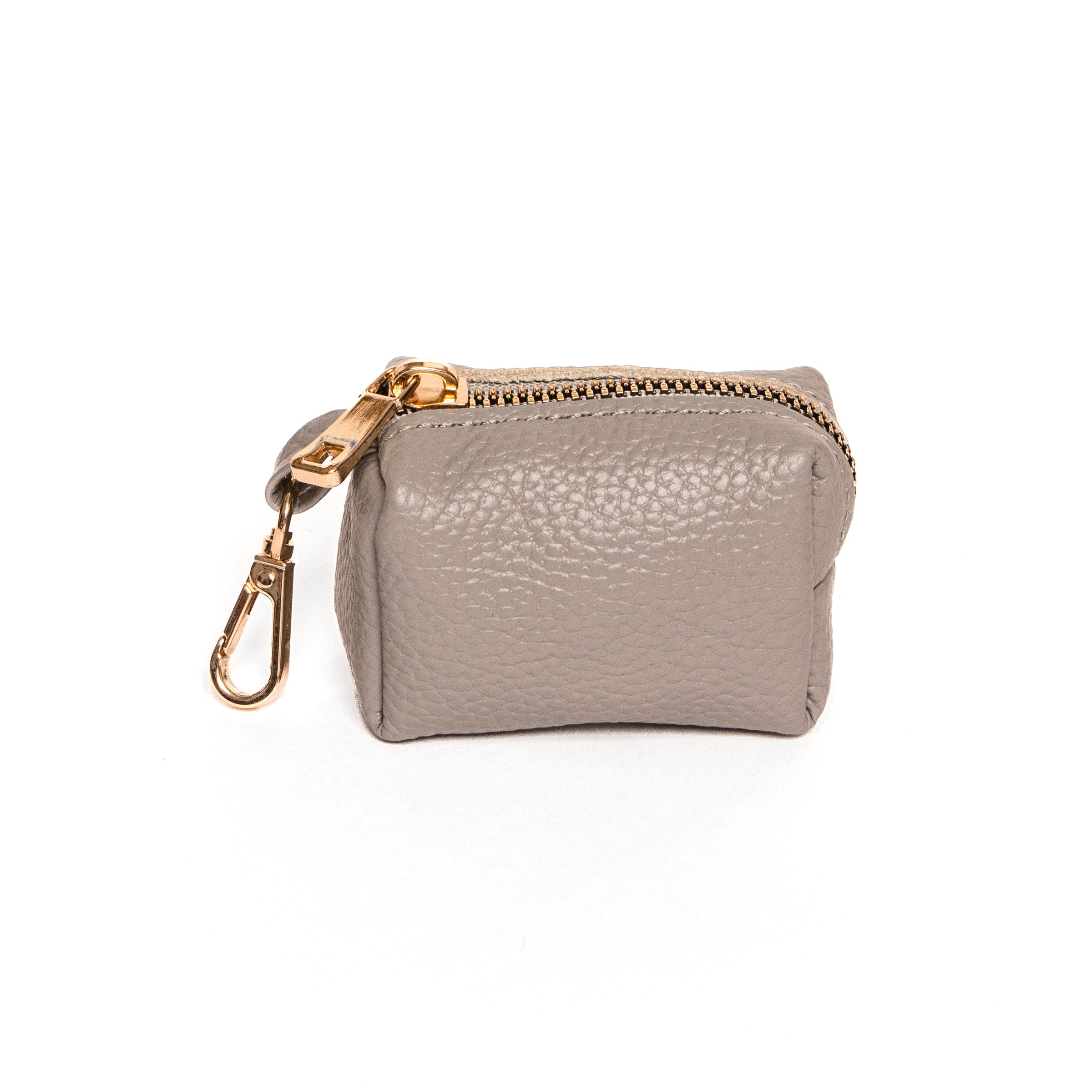Tips and Tricks for Teaching Your Dog to Walk Nicely on a Leash
Leash walking is an essential skill for every dog, providing exercise, mental stimulation, and bonding opportunities. However, teaching your furry friend to walk nicely on a leash can sometimes be a challenging endeavor. In this comprehensive guide, we'll explore effective tips and tricks to help you and your dog enjoy stress-free walks together.
-
Start with the Right Equipment: Before embarking on leash training, ensure you have the right equipment. Choose a well-fitting collar or harness that provides comfort and security for your dog. Avoid using retractable leashes, as they can encourage pulling and lack control.
-
Set Realistic Expectations: Understand that leash training takes time and patience. Set realistic expectations for your dog's progress and be consistent with your training efforts. Celebrate small victories and remain positive throughout the process.
-
Establish Leadership: Establish yourself as a calm and confident leader during walks. Lead the way and maintain a steady pace, signaling to your dog that you are in control. Avoid tense body language or jerky movements, as this can cause anxiety or excitement in your dog.
-
Use Positive Reinforcement: Positive reinforcement is key to successful leash training. Reward your dog with treats, praise, or toys for walking politely by your side. Use high-value rewards to capture and maintain your dog's attention during walks.
-
Practice Loose Leash Walking: Teach your dog the concept of loose leash walking by rewarding them for walking calmly beside you without pulling. Use a verbal cue such as "heel" or "walk nicely" to signal the desired behavior. Stop and reward your dog whenever they maintain a loose leash.
-
Address Pulling Behavior: If your dog pulls on the leash, avoid pulling back or yanking on the leash, as this can reinforce the behavior. Instead, stop walking and wait for your dog to release tension on the leash. Redirect their attention with a treat or a change in direction.
-
Use Leash Corrections Sparingly: While positive reinforcement is the foundation of leash training, occasional leash corrections may be necessary for persistent pulling or undesirable behavior. Use gentle leash cues, such as a slight tug or redirection, to guide your dog back into position.
-
Be Consistent and Patient: Consistency is key to successful leash training. Practice leash walking in various environments and distractions, gradually increasing difficulty as your dog progresses. Be patient and understanding, as every dog learns at their own pace.
-
Incorporate Mental Stimulation: Leash walking provides an excellent opportunity for mental stimulation and enrichment. Engage your dog's mind by incorporating obedience commands, scent games, or interactive toys during walks. This helps keep your dog focused and engaged.
-
Seek Professional Help if Needed: If you're struggling with leash training or encountering behavior challenges, don't hesitate to seek professional help from a certified dog trainer or behaviorist. They can provide personalized guidance and support to address specific issues.
With patience, consistency, and positive reinforcement, teaching your dog to walk nicely on a leash is achievable for every pet parent. By following these tips and tricks, you can enjoy enjoyable walks with your furry companion while strengthening your bond and building trust. Remember, the journey of leash training is as rewarding as the destination. Happy walking!
- Neighborwoof









